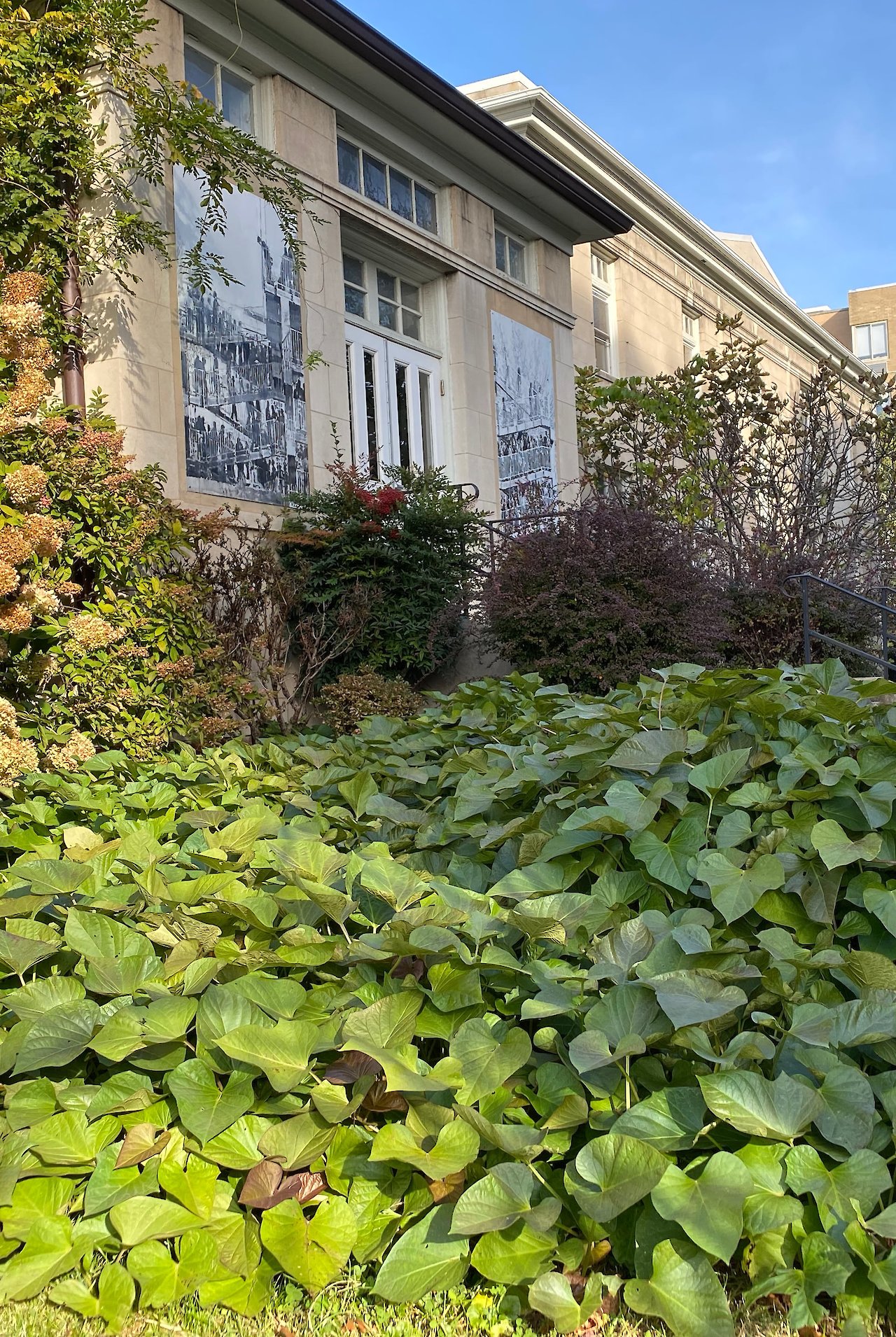Guam (USA)
Stop 6
Ecological capital
Legend
The height of the beds is connected with the natural resources produced and used by each of the countries today. The elevation of the beds represents the natural resources value, being the tallest the one with more Ecological Capital. This graphic contrast the percentage of global natural resources the country uses vs the percentage of global natural resources they have.
Demographics
- Native and others (93%)
- Western descent (7%)
Legend
The color of the beds is connected with the ethnographic diversity of the places they represent today. The colors ranging from natural wood to black reveal the demographic reality divided in this graphic between people from Western descent vs Native & others.
Batata
Ipoema batatas
The origin and domestication of sweet potato occurred in either Central or South America at least 5,000 years ago. The sweet potato was grown in Polynesia before western exploration, generally spread by vine cuttings. A common hypothesis is that a vine cutting was brought to central Polynesia by Polynesians who had traveled to South America and back, and spread from there across Polynesia to Easter Island.
After three months and twenty days crossing the vast Pacific Ocean and facing the most difficult part of the expedition due to hunger, lack of water and diseases like scurvy, the expedition arrived to Guam to be met by native Chamorro people who jumped on the boats to take items with them. This resulted in a confrontation that killed many natives and destroyed their villages. Magellan named this place Islands of Thieves.
Pigafetta mentions many plants in this island. The sweet potato has special importance for being a “canoe plant” or plant brought by Polynesians, as said in Hawaii. Pigafetta also mentioned the sighting of Brown Tree Snakes in Guam, which today we know came from the northern coast of Australia, an infamous invasive species that has ended the majority of the native bird population of Guam and many other parts of the planet.
Today, sweet potato production surpasses 92 million tons a year with China leading, producing 56% of the world’s total, and followed by three African countries (Malawi, Nigeria and Tanzania). Sweet potato production in its countries of origin is practically circumstantial. It is an important staple in practically every cuisine around the world, perhaps even more so than potato itself.

